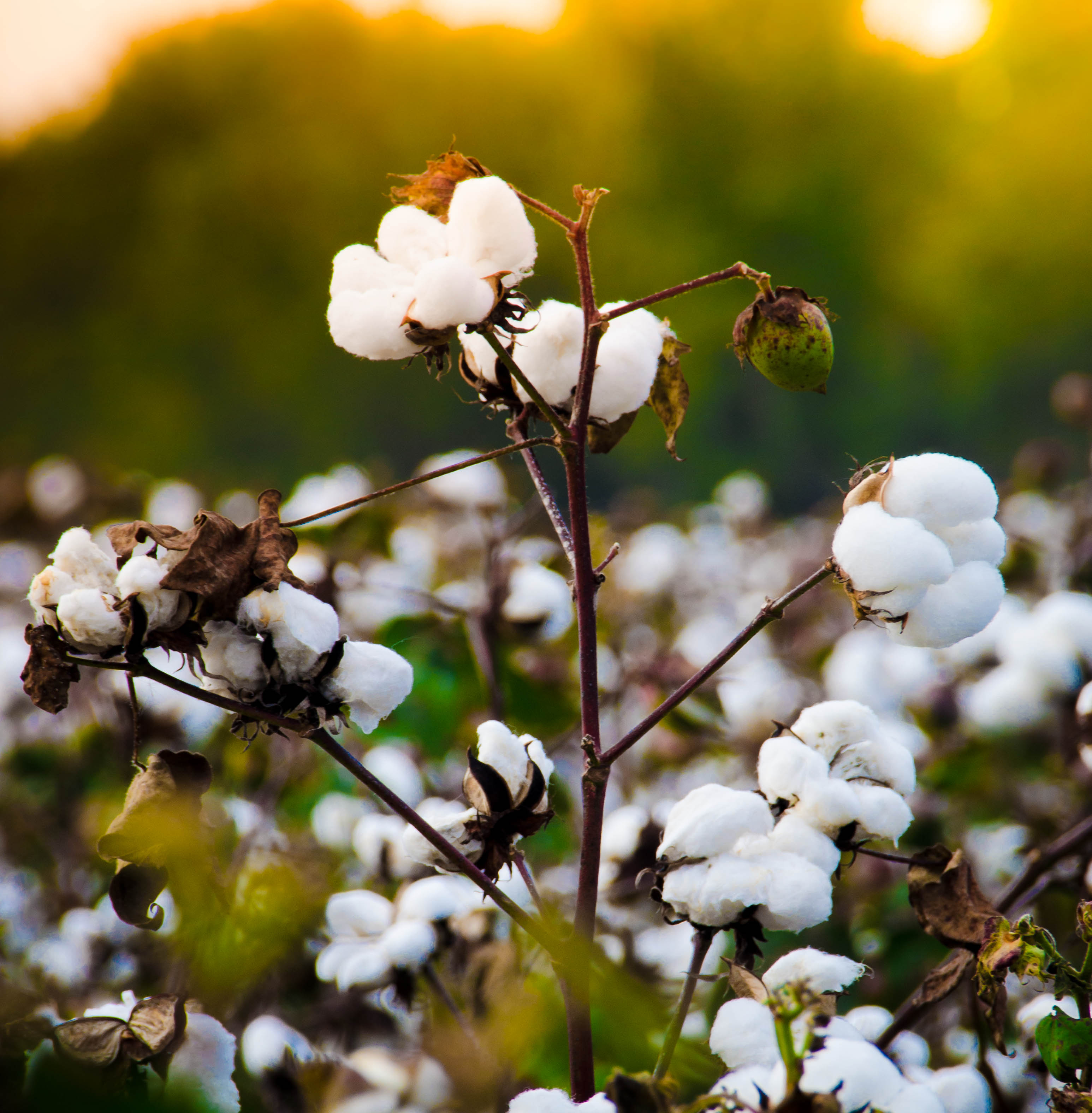
Genome Studies Show Genetic Variation of Lint Yield Components under Salty Field Conditions in Cotton
January 15, 2020| |
Scientists from Nanjing Agricultural University in China and partners used genome-wide association to reveal genetic variation of lint yield components of cotton under saline conditions. Their findings are published in BMC Plant Biology.
The researchers assessed the three main components of lint yield, single boll weight, lint percentage, and boll number per plant, across 316 cotton accessions under four salt conditions for two years. Results of phenotypic analysis showed that lint percentage was the same in all conditions, but boll number per plant was reduced, while single boll weight increased slightly when exposed to high salt conditions.
Based on 57,413 high-quality single nucleotide polymorphisms genome-wide association study analysis, a total of 42, 91 and 25 stable quantitative trait loci (QTLs) were found for single boll weight, lint percentage, and boll number per plant, respectively. When the QTLs were analyzed, it was shown that there was slight correlation among the three traits. Gene Ontology (GO) further indicated variations in their regulatory mechanisms. Further analyses showed that 10 genes from the 8 stable lint percentage QTLs were predominantly expressed during fiber development. A MYB gene (GhMYB103) was found to have a crucial role in lint yield.Read more findings in BMC Plant Biology.
| |
You might also like:
- Pocket K No. 15: 'Omics' Sciences: Genomics, Proteomics, and Metabolomics
- Regulator of Symbiotic Nodulation in Lotus Found
- Cotton (Gossypium hirsutum L.) GM Events
Biotech Updates is a weekly newsletter of ISAAA, a not-for-profit organization. It is distributed for free to over 22,000 subscribers worldwide to inform them about the key developments in biosciences, especially in biotechnology. Your support will help us in our mission to feed the world with knowledge. You can help by donating as little as $10.
-
See more articles:
-
News from Around the World
- USDA Reports Increase in Corn and Soybean Yields Amidst Challenging Weather
- International Consortium Sequence Canola Genome
- US Observes National Biotech Month, Launches Joint USDA-FDA-EPA Website for Biotech Regulation
- Research Identifies Protein for Plant Growth
- Researchers Move Closer to Developing Nitrogen-Fixing Cereal Crops
- Int'l Team Uses Genomic Data to Show How Plants Adapt to Changing Climate
- VIB-IPBO Offers Summer Course on Modern Breeding Techniques for Maize Improvement
-
Research Highlights
- Two-week Old Corn Seedlings' RNA Data Produce Reliable Yield Predictions
-
Plant
- Genome Studies Show Genetic Variation of Lint Yield Components under Salty Field Conditions in Cotton
- Precise Base Editing of Acetolactate Synthase Genes Confers Herbicide Resistance in Maize
-
Read the latest: - Biotech Updates (November 12, 2025)
- Gene Editing Supplement (October 29, 2025)
- Gene Drive Supplement (February 22, 2023)
-
Subscribe to BU: - Share
- Tweet

